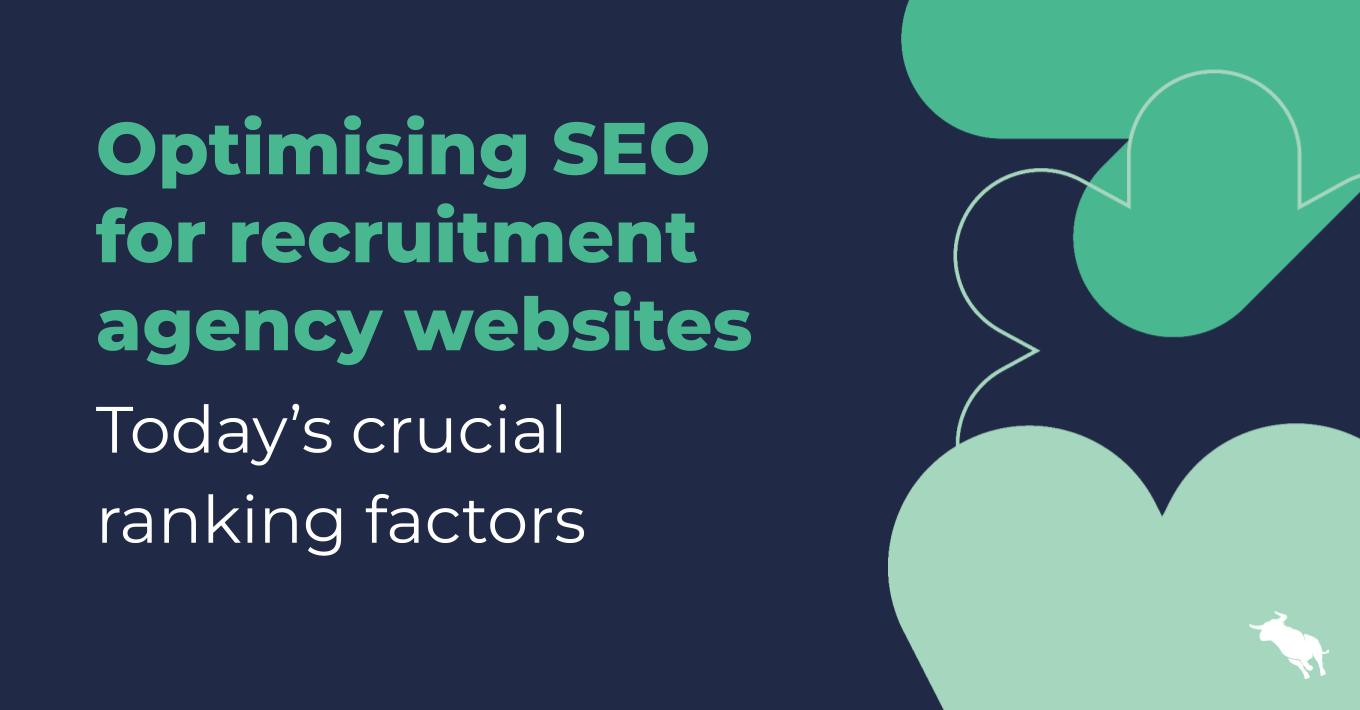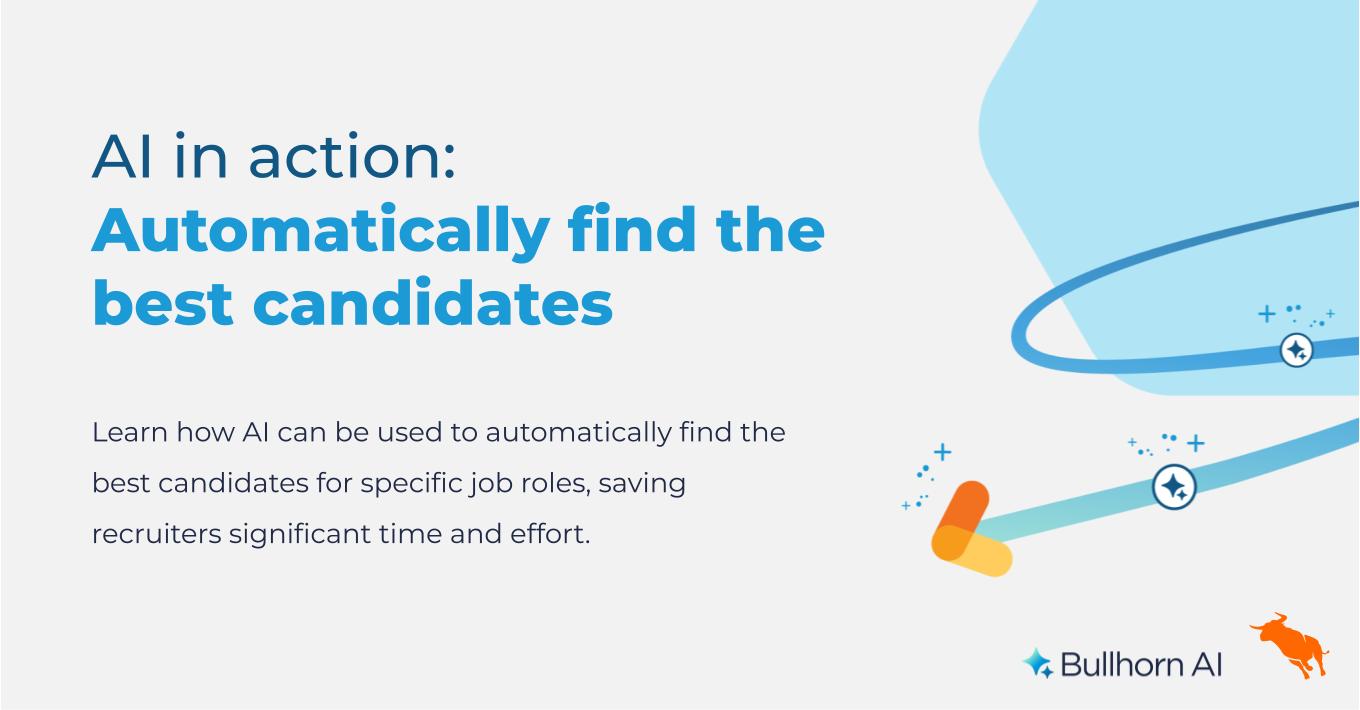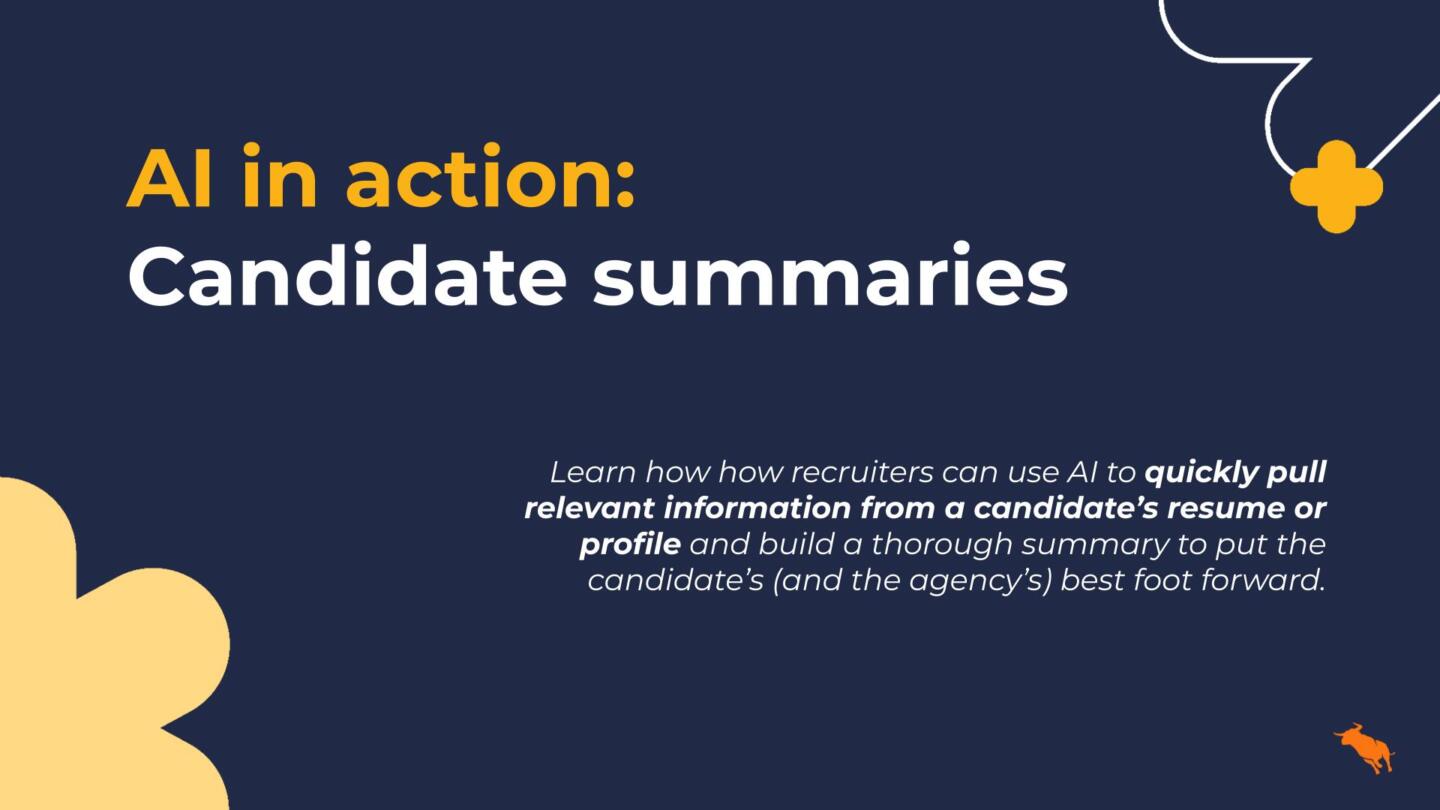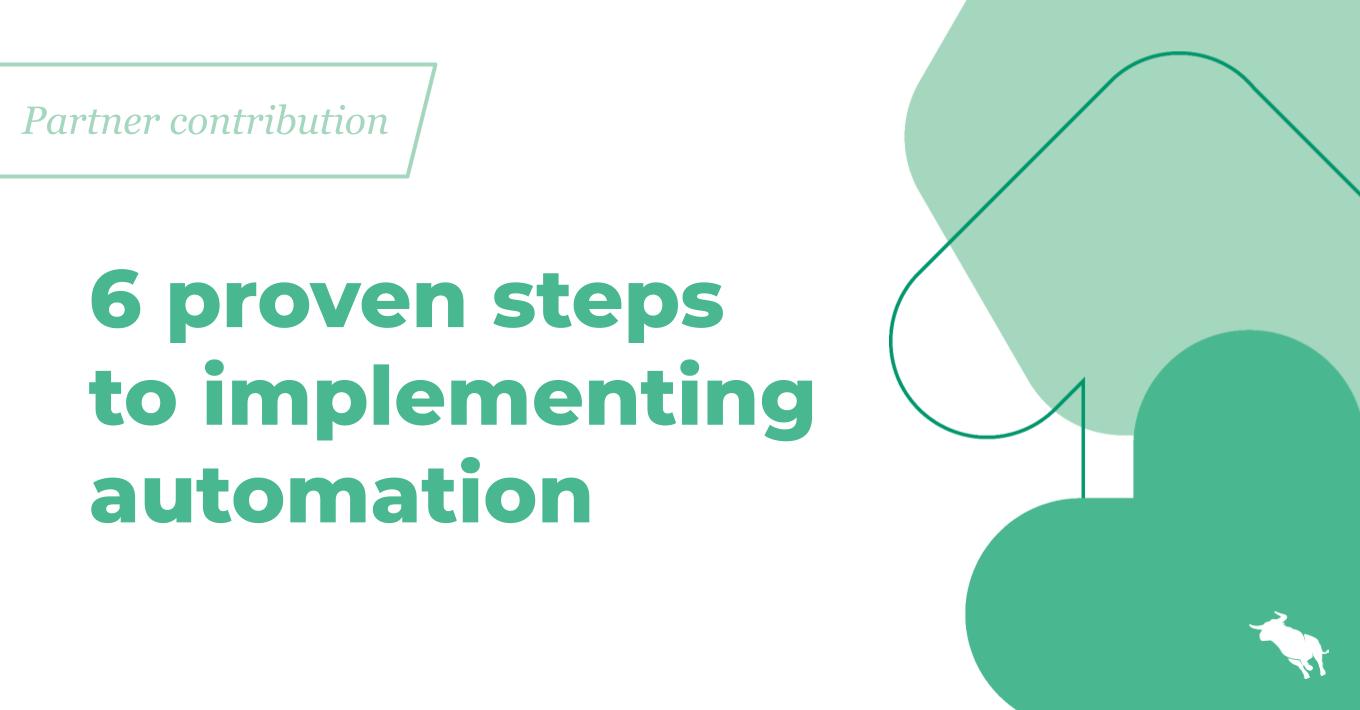Data Too Good to Be True…
Things that seem too good to be true…usually are.
A few customers have recently asked about vendor offers for “free database updates” that claim to be able to refresh your old resumes for no charge. Of course this sounds unbelievably appealing, but there are many things you need to consider before allowing a stranger to touch an asset you have spent years building. Let me start by saying I spent over a decade entrenched in data – lots of data, data about people and where they work and what they did and for how long. I worried about name changes and promotions and demotions. I worried about John Smith Sr. and John Smith Jr. getting their data crossed and Mary Jones of Atlanta getting her data crossed with Mary Jones of Alpharetta.
I was right to be worried. Recruiting is tricky business, and your database is an extremely valuable asset. Let’s do some math – how much have you spent on the job boards over the time of your business, both in search and on postings? Got that number? Ok, now figure out how many hours a day/week/year your team spends sourcing from other places besides the boards – cold calls, LinkedIn, other social networks, etc. and multiply that by a cost per hour. I think we can agree that you’ve spent a lot of time and money building your database. And the worst part of it is, the minute you add a candidate in, his or her information starts to decay.
And then you get an offer for a free database update. It lands in your inbox and you think to yourself, ‘this is too good to be true – and it’s FREE’ – what harm could that do? The problem is, and you know this, nothing is free. So when you see free implementation, free customization, or free data updates, you think to yourself… ‘who is really paying for this’?
Before I go any further, here are some realities:
- On average a full time employee moves every 4.4 years, less than 3 years for Millennials (Forbes)
- 24% of the US population moved cities in the last 5 years (Gallup).
So what does that mean? It means that every year your untouched data becomes less useful, so when you hear that there are tools out there that will make it better – of course you’re interested.
In my previous company, when I ran Data Services for B2B data, it taught me a tremendous amount about how to consider updating someone’s significant investment and that most people having their data updated aren’t aware of the risks.
There are number of things you need to consider when you let someone else update your company’s database or embark on a data migration on your behalf:
- From where are they sourcing this data? Do they have rights to use this data?
- What is the unique identifier or key? Is it the email address, phone number, person’s name, physical address?
- If you and the vendor have different data, whose data is correct?
- When the information is updated, how do you get it back in your database?
- Who owns the data once it’s been updated?
So let’s dive into this – the first and most important question is where is this data coming from? Is it from the job boards? If so, which ones? If it’s from a large job board, does the vendor even have permission to pull resumes and do an update of this sort? Based on my conversations with the large job boards, this is not a service they offer for free and to do it without permission is against your terms of use with them. Does this “free” refresh jeopardize your future relationship with your job boards – the number one source of quality candidates for large recruiting agencies (75+ recruiters/salespeople) according to our 2014 Trends Report? And if the vendor doing the free upgrade isn’t pulling from large job boards, are they getting résumés from a reliable source? Why is this source willing to provide this data to you for free? And how do they know that the data is up to date?
Let’s assume you find comfort in the origin of this data and you believe it to be better than yours. How is the vendor going to perform these résumé updates? They need some way to confirm that you both have the same candidate to get a match rate. In general you’ll be lucky to have a 30% – 50% match rate. Many sources will use unique email address – which is preferable except in the following instances:
- Married couple uses the same email
- Person gets married or divorced and changes their name (and their email)
Person started with a silly email (fungirl@hotmail.com) and then updates to a professional one (lastname@gmail.com)
The second two are less problematic as they may just result in a non-match, so nothing bad happens – but the first is very problematic. A recent Pew Research study found 27% of couples share an email address. If the provider updating your data only uses email address as an identifier key, you could have your fantastic civil engineering candidate’s data updated with her spouse’s nursing credentials.
But what if they use physical address instead, or in addition to, email address? People move locations often, so using a physical address as an identifier doesn’t make sense. The younger your candidate, the more likely they are to have moved recently. Name might make sense as an identifier, but how does the database updating process take into account last name changes due to marriage or divorce? Can it handle nicknames (Robert/Rob/Bob) or folks who go by their middle name instead of their first? I’m asking you these questions because you should be asking your vendor these questions. Before anyone ever touches your data – the data that defines your business – you should know exactly how they are going to handle it.
Which brings me to the third point – if there is a data love match, whose data is right? You have a stellar candidate in your database. You know she’s fantastic because you spoke with her last week. This week you got your database updated and everything is wrong. ‘Why did this happen’ you think? The reason is simple, database updaters generally assume their data is right – which is odd, because they have the same data decay challenges that you face. They may update more often because it’s their business, but it doesn’t mean they are perfect. It means on average they have more right data than you – but on a person-by-person basis, it’s a coin toss.
And let’s get one thing straight – as a recruiter, you are a master of identifying talent. By assuming their version of data is correct, the vendor updating your database is essentially arguing that they can do your job better than you can. So how do you handle this? First, I wouldn’t let anyone touch any of my data that is less than 3 or 4 years old. If you’re within that range, your candidate’s phone number and email address likely still work and their experience hasn’t jumped so much that you would be out of line in your messaging to them. So with that in mind, you need to be able to segment new information in such a way that you selectively update only the data that’s changed after a certain date. And while we’re talking about dates, does the provider doing your database update have dates on their data? If not, how can they determine which version of a resume or network profile is more recent than the original record?
And if a vendor gives you newer information, what are you going to do with it? Can you easily migrate your updated data back into your ATS? Most ATS database schemes are incredibly complex – you have multiple entities that each point to candidate data. Updating multiple instances of a candidate record is generally no simple matter and if the update goes wrong and subsequently affects the address of a candidate who is attached to an active placement, it could mess with their payroll.
Lastly, and most importantly, who owns the refreshed data in an updated database? If the update has been done for you, for free, by a vendor– you probably don’t own that data anymore. There are no freebies. Services like this cost a significant amount of money to do even adequately. Sure it’s a great offer, but if that “complete” data is owned by anyone besides you alone, then you have just donated your database to the general population or to your competitors. If the data migration seems too good to be true, it probably is.




